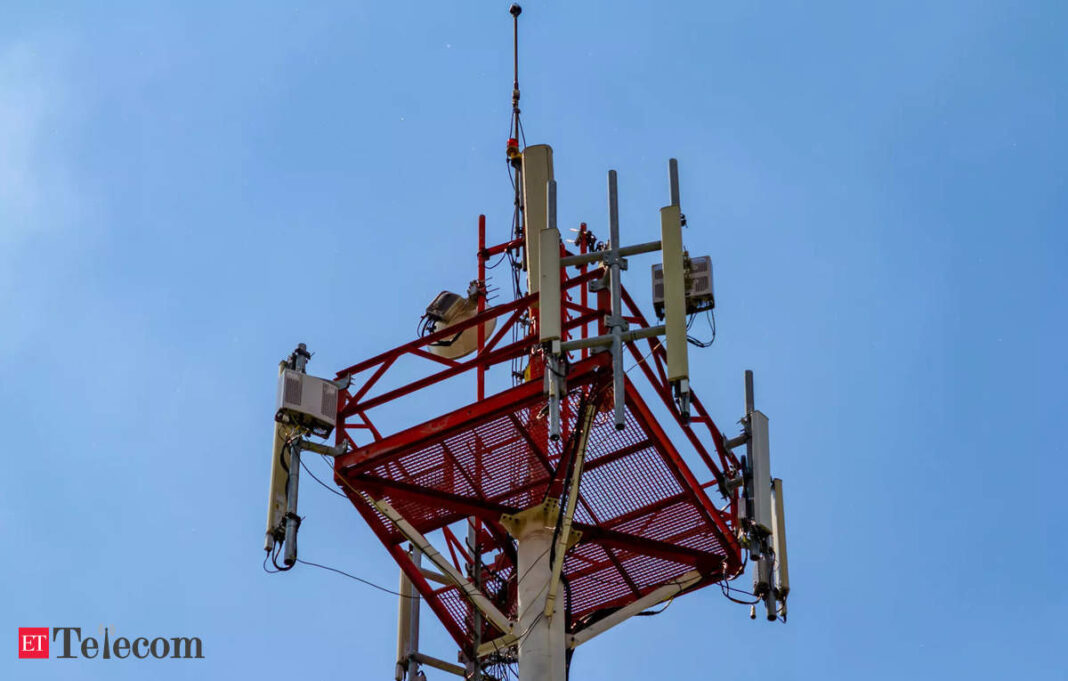In Short:
The Telecom Regulatory Authority of India (Trai) is gathering feedback on how to price satellite spectrum for companies like Eutelsat OneWeb, Amazon Kuiper, and Starlink, interested in launching broadband in India. Trai is considering different pricing methods, including charging per unit or as a percentage of revenue. The goal is to create a fair playing field between satellite and traditional telecom operators.
NEW DELHI | KOLKATA – The Telecom Regulatory Authority of India (Trai) has initiated a discussion concerning the pricing methodology and allocation conditions for satellite spectrum. This allocation is aimed at major global players in the satellite broadband sector, including Bharti Group-backed Eutelsat OneWeb, Amazon-backed Kuiper, Elon Musk‘s Starlink, Globalstar, and the Reliance-SES consortium. The focus is on promoting satellite broadband services within India’s developing satellite communications market, which possesses significant growth potential.
Discussion Paper by Trai
The anticipated discussion paper released by Trai requests feedback on whether satellite spectrum charges should be calculated on a per megahertz (MHz) basis, as a percentage of a satellite player’s adjusted gross revenue (AGR), or through another formula. Furthermore, Trai has drawn attention to a prior recommendation from the Department of Telecommunications (DoT) in July 2024 regarding a reduction of spectrum usage charges for Very Small Aperture Terminal (VSAT)-based satellite operators from 4% to 1% of AGR. The paper emphasizes the need to evaluate whether this rate should be preserved or adjusted to maintain competitive balance between satellite broadband providers and terrestrial telecommunications operators like Reliance Jio, Bharti Airtel, and Vodafone Idea (Vi).
Proposed Changes and Considerations
Notably, Trai has suggested a single authorization framework for satellite telecommunications, while advocating for the removal of existing restrictions on VSAT operators that limit them to providing services solely to closed user groups. The regulator aims to broaden the range of satellite services by proposing a merger of the crucial VSAT and Global Mobile Personal Communications by Satellite (GMPCS) authorizations.
Trai stated, “DoT has requested to take this into consideration while providing recommendations on its current reference regarding the matter.” The regulator further confirmed that the DoT believes there is a necessity to examine the existence of a level playing field in the market among terrestrial service providers and satellite operators aiming to deliver fixed and mobile satellite services using low-earth orbit (LEO), medium earth orbit (MEO), and geostationary orbit systems.
Concerns Over Spectrum Charging Mechanism
In acknowledging these potential charges, the government suggests that, should spectrum charges be levied as a percentage of AGR, the previously recommended percentage may require reassessment. However, DoT has raised concerns that an AGR-based charging mechanism may lead operators to underutilize their allocated spectrum. To mitigate this, it recommended implementing a minimum spectrum charge based on the amount of spectrum held by each service provider.
Further Inquiries and Engagement
Trai has also requested opinions on whether the DoT’s December 2023 order should serve as a benchmark for determining spectrum pricing on a per MHz basis for fixed satellite services from LEO/MEO constellation operators. Conversely, should spectrum pricing be based on AGR, Trai is seeking input on what would constitute an appropriate percentage. Additionally, it has inquired if there should be a minimum spectrum charge to prevent inefficient use of satellite spectrum.
The regulator advocates for the timely assignment of satellite spectrum to leading global satellite firms, given that the operational lifespan of satellite systems can range from five to ten years for LEO satellites.
Regulatory Framework and Future Outlook
Trai highlighted that the allocation of spectrum for space-based communications services is currently achieved through an administrative process, combining formula-based charges for certain services with AGR-based charges for others. The regulator is also seeking views regarding specific frequency bands intended for LEO, MEO, and GEO operators, which would cover mobile satellite services, including voice, text, data, and internet capabilities. They have invited suggestions on the maximum duration for satellite spectrum allocation.
In the extensive 87-page discussion paper, Trai emphasized the necessity of defining adequate protection distances and other measures to mitigate interference among satellite earth station gateways that operate within similar frequency ranges.
Moreover, the regulator questioned the appropriate protection distance if the frequency bands designated for satellite gateway links are also allocated to 5G operators. There are considerations regarding whether terms and conditions for spectrum assignment should account for potential interference with terrestrial networks.
Finally, Trai is inviting feedback on the necessity for additional rollout obligations as a prerequisite for the assignment of satellite spectrum to firms intending to deliver fixed and mobile satellite services, beyond the recent rollout conditions mandated for satellite telecommunications service authorization.
Under the provisions of the Telecommunications Act, 2023, spectrum for satellite services, including those for GMPCS permit holders, is to be allocated without auction. However, the specifics of spectrum usage terms and pricing are yet to be solidified. Government representatives previously indicated that airwaves given administratively for satellite services are designated solely for point-to-point connections and not for direct retail consumer services. The exact regulations regarding the Telecommunications Act will be clarified following the Trai recommendations on satellite spectrum pricing and the terms for auction-free allocation.
According to predictions from the national space sector regulator, IN-SPACe, India’s space economy could potentially reach $44 billion by 2033, capturing approximately 8% of the global market share, compared to the current 2%.
Therefore, commercial rollout of broadband from space services is contingent upon the government allocating satellite spectrum to the respective companies via an administrative process.





